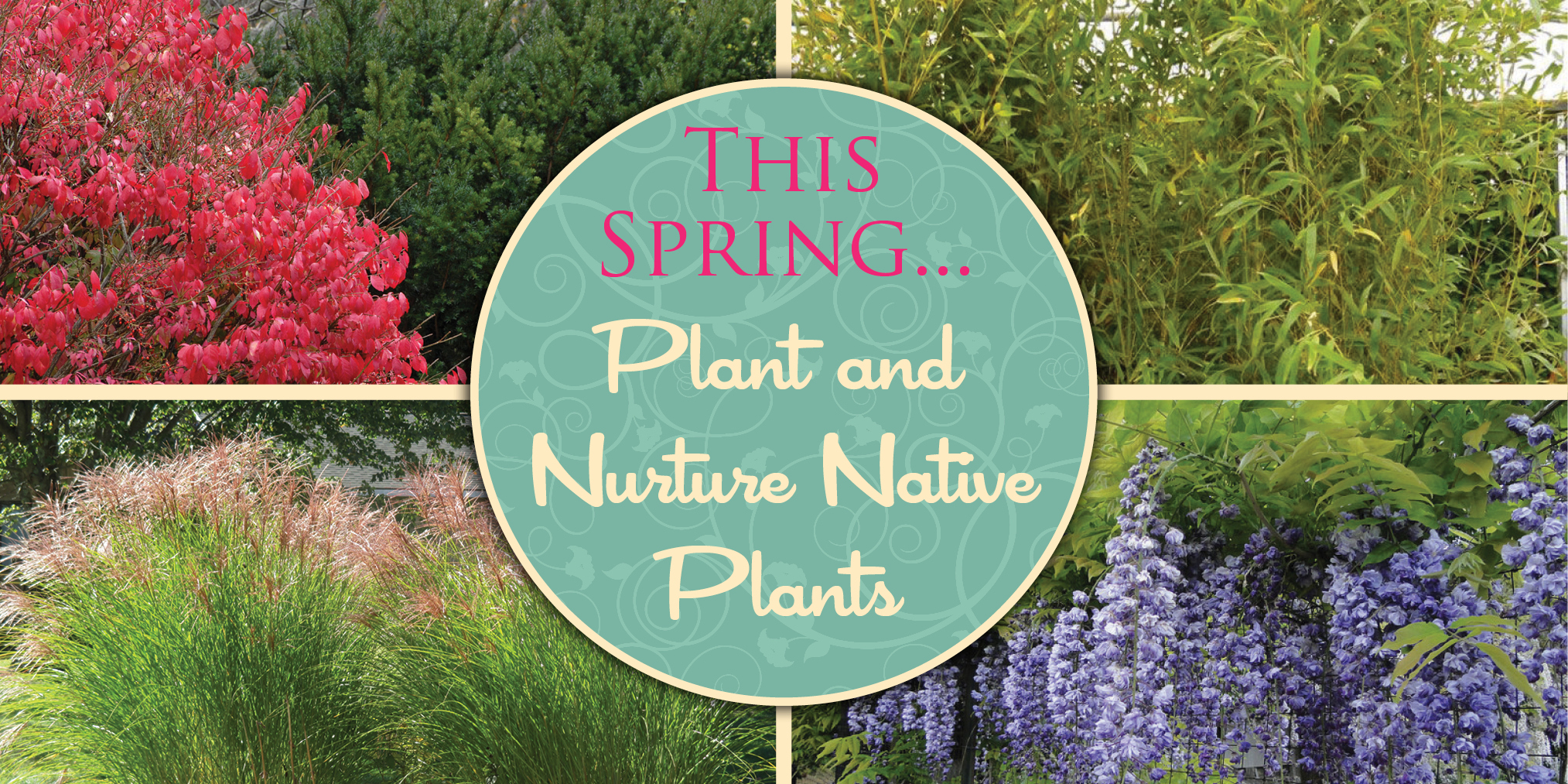Exotic plants may be beautiful, but in a delicate ecosystem with ongoing construction projects, Northern Virginia’s native wildlife is in serious danger. To have a healthy ecosystem, an abundance of plant and grass varieties must first be available before any insect or animal species will inhabit an area for a healthy ecosystem. Exotic plant species are oftentimes invasive and bring with them a host of other nuisance insects, such as stink bugs and Japanese beetles that, in time, destroy native plants.
Before you know what plants work best in our ecosystem of Northern Virginia, you must determine what type of plants you would like to have in your yard, as well as the requirements those plants need. The greater variety of native greenery you plant, the more you will enhance the natural ecosystem.
There are four natural plant communities in Northern Virginia: Oak/Heath Forest, Acidic Oak-Hickory Forest, Basic Mesic Forest, and Basic Oak-Hickory Forest. Once you determine which geology and soil you have to work with in your garden, the more success you will have in planting your native beauties. A soil test is always recommended before planting any garden, and the tests can be picked up at your local county or city offices. Soils in Northern Virginia are quite fickle due to geologic variability, but all Northern Virginia jurisdictions of Alexandria, Arlington, Fairfax, Falls Church, Loudoun, and Prince William range from USDA Plant Hardiness Zones 6b to 8b.
Planting greenery and flowers that are native to Northern Virginia allows the ecosystem to thrive. A wide variety of butterfly, bee, and hummingbird species are some of the many groups that benefit greatly from planting native perennials. Swamp Milkweed, Butterfly Weed, Wild Indigo (blue and yellow), Columbine, Wild Bleeding Hearts, and Geraniums are just a few flower options that are a great nectar source and serve as hosts to butterfly larvae. Many plants such as the Cardinal Flower and Turk’s-cap Lily may be more difficult to plant, but they are a large attraction for birds, which add to the diversity and health of your overall ecosystem.
Grasses are one of the most invasive species if dealing with exotic varieties, so it is important to know the four main grasses that work best for your garden filler or lawn décor. Purple Love Grass is a very tolerant plant that produces a seed that is consumable by birds and by other wildlife. Pennsylvania Sedge is easy to care for, enriches soil, and makes lovely groundcover, in addition to attracting birds. Indian Grass produces small fruits that provide birds with an important source of nutrition through the winter months. Last but not least, Little Bluestem provides a gorgeous attraction to your yard, changing from blue-green in late summer to a vibrant mahogany-red with small white tufts of seed-heads in the fall, providing shelter and nesting material to small birds.
Ferns tend to be best for shady areas and typically need to stay moist. This makes them difficult to plant in many yards and very difficult to keep alive during times of drought. Testing your soil and ensuring you watch where shade falls on your home before planting will allow for greater success rate with ferns.
Native vines and shrubs are excellent sources of nectar and color for your garden. Vines are very aggressive and need room to grow upwards—sometimes as much as 20 feet per year. Many gardeners do not account for this and ultimately end up removing vines from their gardens the following year. It is recommended to first establish your garden as a native ecosystem and gain experience in knowing what works best in your soil and shade environment before adding vinery. While vines grow upwards, shrubs tend to be fairly expansive in their spread. However, shrubs are easy to handle and many, such as the False Indigo Bush, are deer-resistant, making them excellent for gardens with pesky deer problems.
Trees are a beautiful and welcome addition to any yard. They provide nesting areas for birds, squirrels, and other small creatures, making them the final addition to your native ecosystem. However, trees are expensive and fragile in their early years due to disease and destruction by deer. It is crucial you meet with a local greenhouse or arborist to determine what tree species works best for the needs of your yard.
If you choose not to plant native plants or trees in your garden and yard, that’s okay; however, it is crucial that you not plant invasive species. In fact, we strongly encourage you remove invasive species if you have them, as they can aggressively take over your yard, kill your trees, and become a general hassle for any homeowner or renter.
If you just love the way they look, consider native options to replace them with!
Terms:
Forbs are small, non-woody plants with showy flowers, generally pollinated by insects. Typically, these plants are labeled as “perennials” at your garden center.
Grasses, including sedges and rushes, have upright, strap-like leaves.
Ferns reproduce using spores rather than flowers.
Vines can be woody or non-woody and do not support themselves.
Shrubs are small, woody plants.
Light requirement:
Full sun: 6 or more hours of sun
Part shade: 2 to 6 hours of sun
Full shade: 2 hours or less of sun
Soil moisture:
How wet the soil is in any given area in the garden/yard
Dry: no signs of moisture
Moist: looks and feels damp
Wet: saturated
If you’d like to see some Northern Virginia native ecosystems before deciding to plant, you can visit Meadowlark Botanical Gardens in Vienna, which has extensive woodland and meadow plantings and signage. Fairfax County’s Green Spring Gardens also has a native plant trail and hosts the local chapter of the Virginia Native Plant Society’s propagation beds. Arlington’s Potomac Overlook Regional Park and Bon Air Park, featuring sunny and shady gardens maintained by Master Naturalists and Master Gardeners, respectively, offer year-round interest. For more information, visit https://www.novaregion.org/DocumentCenter/View/10615.
Photo credits:
Burning Bush:
https://1-maxpull-gdvuch3veo.netdna-ssl.com/wpcontent/uploads/2012/05/burning-bush1.jpg
Norway Maple:
https://www.itrees.com/media/catalog/product/cache/1/image/9df78eab33525d08d6e5fb8d27136e95/f/i/file_2_10.jpg
Winter Creeper:
https://wintercreeper-plants.jimmelkalandscaping.com/Content/Images/Photos/F367-08.jpg
Wisteria floribunda:
https://photos.smugmug.com/Plantmad/Nursery/Plantmad-Blog-Pics/i-PN4wrQD/0/L/DSC03381-L.jpg
Akebia quinata:
https://plants.chaletnursery.com/Content/Images/Photos/F452-15.jpg
Japanese Barberry:
http://southburylandtrust.org/wp-content/uploads/2013/10/japanese-barberry-berries.jpg
Phyllostachys aurea:
http://www.jacksonsnurseries.co.uk/images/thumbnails/2/800/Phyllostachys_aurea3.jpg
Liriope muscari:
http://d17vsf20mehj1i.cloudfront.net/3180_20101114T133017_0.jpg
Miscanthus:
https://uconnladybug.files.wordpress.com/2015/11/miscanthus-pink-flowers.jpg
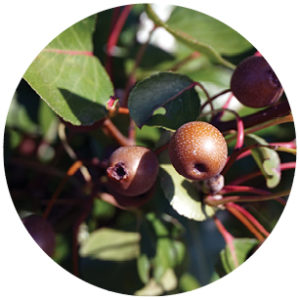 Pyrus calleryana
Pyrus calleryana
Bradford Pear
NoVA Native Alternatives:
Serviceberries, Hawthorns, Redbud, Dogwood
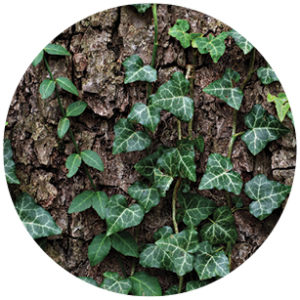 Hedera helix
Hedera helix
English Ivy
NoVA Native Alternatives:
Virginia Creeper, Golden Ragwort, Ferns, Creeping Phloxes, Wild Ginger
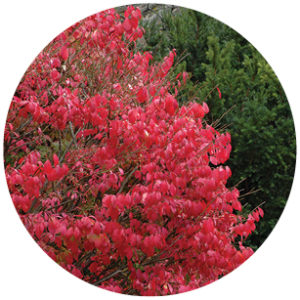 Euonymous alatus
Euonymous alatus
Burning Bush
NoVA Native Alternatives:
Blueberries and Bayberry
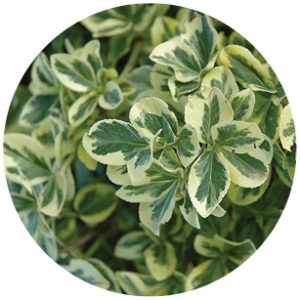 Euonymus fortunei
Euonymus fortunei
Wintercreeper
NoVA Native Alternatives:
Virginia Creeper and Golden Ragwort
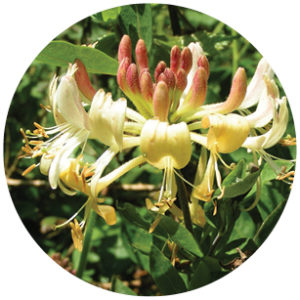 Lonicera japonica var. Halliana
Lonicera japonica var. Halliana
Japanese (Hall’s) Honeysuckle
NoVA Native Alternatives:
Trumpet Honeysuckle, Yellow Jessamine, Crossvine
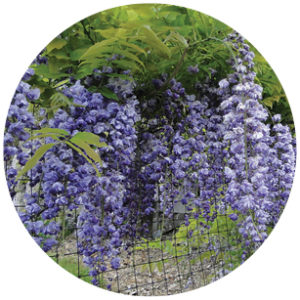 Wisteria floribunda
Wisteria floribunda
Wisteria sinensis
NoVA Native Alternatives:
American Wisteria
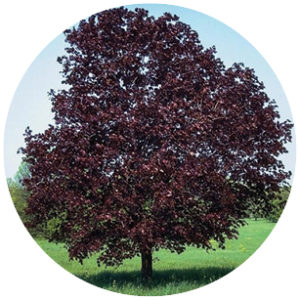 Acer platanoides
Acer platanoides
Norway Maple
NoVA Native Alternatives:
Red Maple, Oaks, Basswood
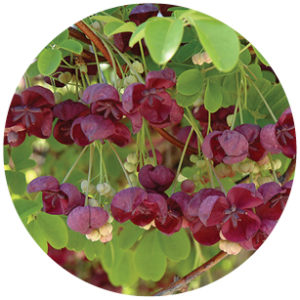 Akebia quinata
Akebia quinata
Chocolate Vine and Ampelopsis brevipendiculata
Elegans – Porcelain-Berry
NoVA Native Alternatives:
Carolina or Yellow Jessamine, Trumpet or Coral Honeysuckle, Crossvine
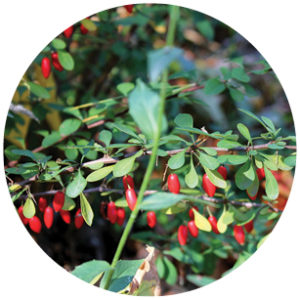 Berberis thunbergii
Berberis thunbergii
Japanese Barberry
NoVA Native Alternatives:
Inkberry Holly, Winterberry Holly, Arrowwood Viburnum, Virginia Sweetspire
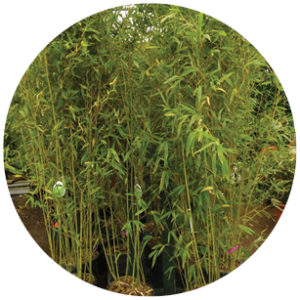 Phyllostachys aurea
Phyllostachys aurea
Golden Bamboo, Fishpole Bamboo,
Walking Stick Bamboo
NoVA Native Alternatives:
Eastern Red Cedar
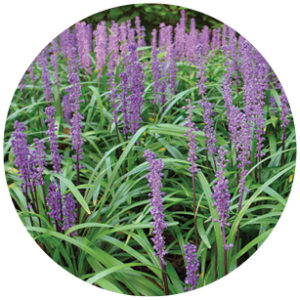 Liriope muscari
Liriope muscari
Liriope
NoVA Native Alternatives:
Pennsylvania and Blue Wood Sedge, Virginia Wildrye and Bottlebrush Grass
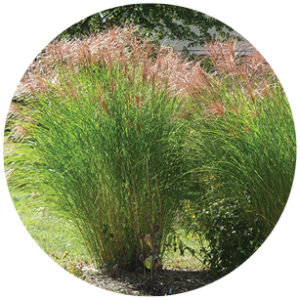 Miscanthus sinensis
Miscanthus sinensis
Miscanthus
NoVA Native Alternatives:
Little Bluestem and Indian Grass

